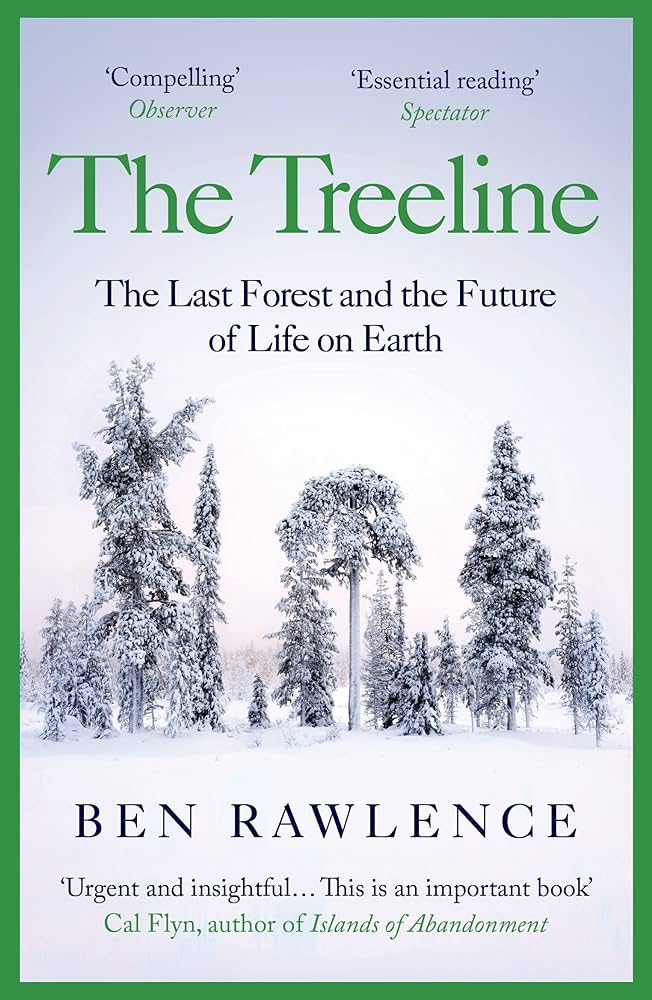
|
Ben RawlenceThe Treelinep. 24 |
Trees can see and hear
Monoterpenes are volatile organic chemicals produced by pines that the trees use to send signals to each other - to deter herbivores or insects or to coordinate seed release. Monoterpenes are tiny molecules that carry pine scent and bounce sunlight back into space. When pines are metabolising in sunlight there can be as many as 1000-2000 particles per cubic centimetre in the air around the tree, reducing the amount of solar radiation hitting the earth. Via the density of the chemical signal and the availability of light, they can detect the presence of other trees. In fact, they see the space in polygons, growing away from their neighbours and towards the light, creating a five-sided tesselation in the canopy that is the basis of self-organisation in the forest${}^{10}$. Through the structure of their cells, trees can capture reverberations and ‘hear’ sounds around them as well as ultrasound far away${}^{11}$. Pines can detect the familiar presence of rustling needles or the crack of a falling tree, and of course they communicate and look after each other through the rich mycorrhizal network underground. Scots pines have one of the most developed fungal networks in the soil, with over nineteen known ecto-mycorrhizal relationships for sharing carbon, nitrogen, eseential acids and other nutrients.
- ${}^{10}$ Vladimir Gavrikov and Pavel Grabarnik et al., ‘Trunk-Top Relations in a Siberian Pine Forest’, Biometrical Journal 35, 1993
- ${}^{11}$ Diana Beresford-Kroeger, The Global Forest: 40 Ways Trees Can Save Us (Particular Books, 2011)
Personal note: There seems to be a lot of speculation here that trees look after each other (the more than controversial Mother Tree hypothesis) and share resources through mycorrhizal fungi. Probably they rather compete for resources through that fungal network.